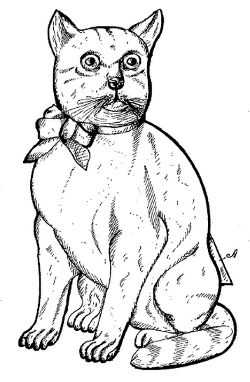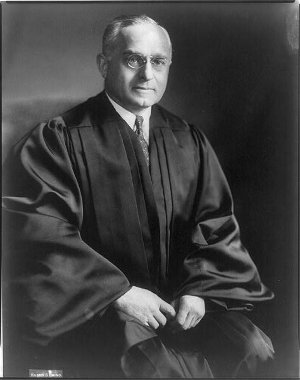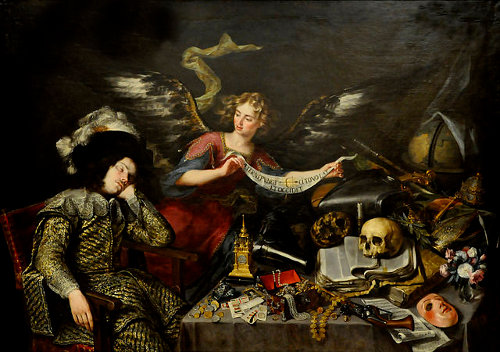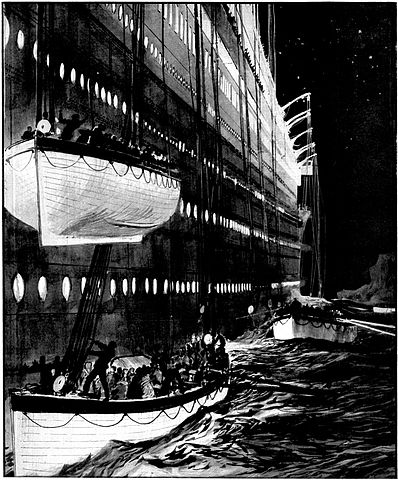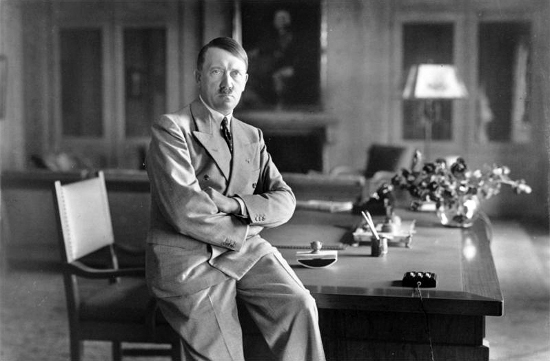In 1932 C.K. Ogden translated the last four pages of Anna Livia Plurabelle into Basic English, “the International Language of 850 words in which everything may be said.”
Here’s Joyce’s text:
Well, you know or don’t you kennet or haven’t I told you every telling has a tailing and that’s the he and the she of it. Look, look, the dusk is growing. My branches lofty are taking root. And my cold cher’s gone ashley. Fieluhr? Filou! What age is at? It saon is late. ‘Tis endless now senne eye or erewone last saw Waterhouse’s clogh. They took it asunder, I hurd thum sigh. When will they reassemble it? O, my back, my back, my bach! I’d want to go to Aches-les-Pains. Pingpong! There’s the Belle for Sexaloitez! And Concepta de Send-us-pray! Pang! Wring out the clothes! Wring in the dew! Godavari, vert the showers! And grant thaya grace!
And here’s Ogden’s translation:
Well are you conscious, or haven’t you knowledge, or haven’t I said it, that every story has an ending and that’s the he and she of it. Look, look, the dark is coming. My branches high are taking root, And my cold seat’s gone grey. ‘Viel Uhr? Filou! What time is it? It’s getting late. How far the day when I or anyone last saw Waterhouse’s clock! They took it to pieces, so they said. When will they put it together again? O, my back, my back, my back! I would go then to Aix-les-Pains. Ping pong! That the bell for Sachseläute — And Concepta de Spiritu — Pang! Take the water of your cloths! Out with the old, in with the new! Godavari keep off the rains! And give us support!
“The simplest and most complex languages of man are placed side by side,” Ogden wrote. “The reader will see that it has generally been possible to keep almost the same rhythms.” Judge for yourself.

